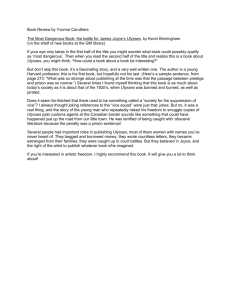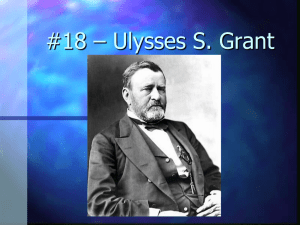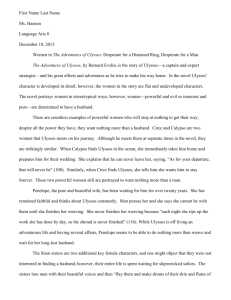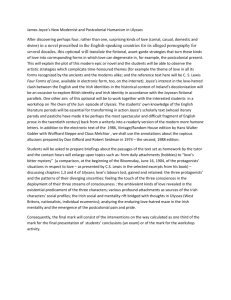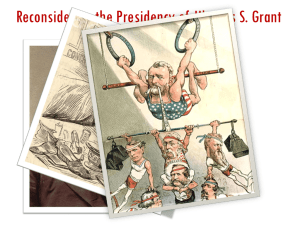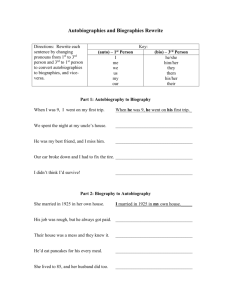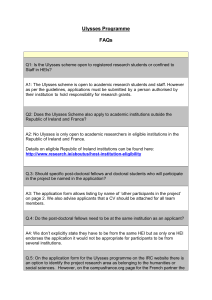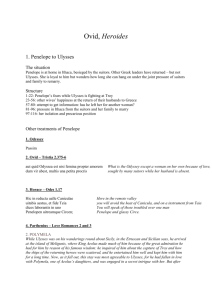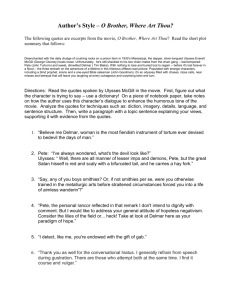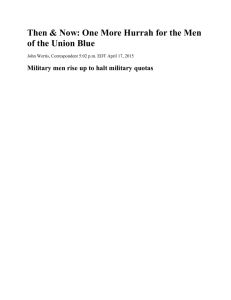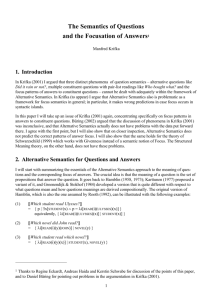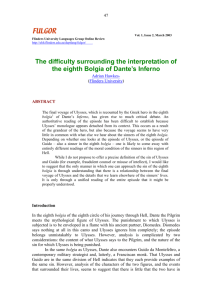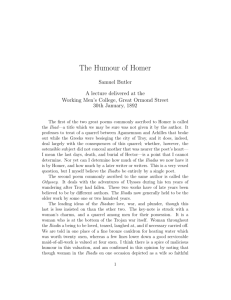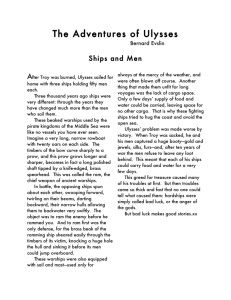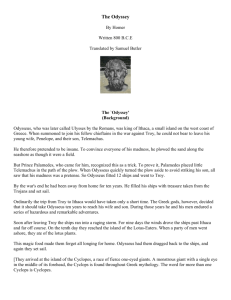Completed
advertisement
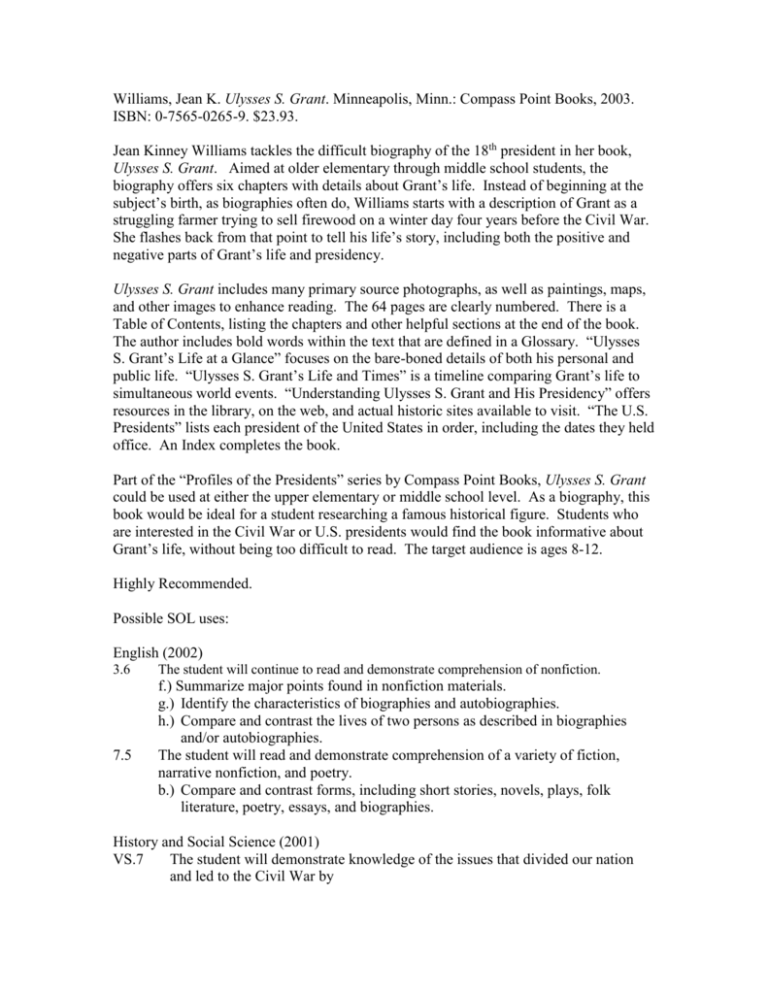
Williams, Jean K. Ulysses S. Grant. Minneapolis, Minn.: Compass Point Books, 2003. ISBN: 0-7565-0265-9. $23.93. Jean Kinney Williams tackles the difficult biography of the 18th president in her book, Ulysses S. Grant. Aimed at older elementary through middle school students, the biography offers six chapters with details about Grant’s life. Instead of beginning at the subject’s birth, as biographies often do, Williams starts with a description of Grant as a struggling farmer trying to sell firewood on a winter day four years before the Civil War. She flashes back from that point to tell his life’s story, including both the positive and negative parts of Grant’s life and presidency. Ulysses S. Grant includes many primary source photographs, as well as paintings, maps, and other images to enhance reading. The 64 pages are clearly numbered. There is a Table of Contents, listing the chapters and other helpful sections at the end of the book. The author includes bold words within the text that are defined in a Glossary. “Ulysses S. Grant’s Life at a Glance” focuses on the bare-boned details of both his personal and public life. “Ulysses S. Grant’s Life and Times” is a timeline comparing Grant’s life to simultaneous world events. “Understanding Ulysses S. Grant and His Presidency” offers resources in the library, on the web, and actual historic sites available to visit. “The U.S. Presidents” lists each president of the United States in order, including the dates they held office. An Index completes the book. Part of the “Profiles of the Presidents” series by Compass Point Books, Ulysses S. Grant could be used at either the upper elementary or middle school level. As a biography, this book would be ideal for a student researching a famous historical figure. Students who are interested in the Civil War or U.S. presidents would find the book informative about Grant’s life, without being too difficult to read. The target audience is ages 8-12. Highly Recommended. Possible SOL uses: English (2002) 3.6 7.5 The student will continue to read and demonstrate comprehension of nonfiction. f.) Summarize major points found in nonfiction materials. g.) Identify the characteristics of biographies and autobiographies. h.) Compare and contrast the lives of two persons as described in biographies and/or autobiographies. The student will read and demonstrate comprehension of a variety of fiction, narrative nonfiction, and poetry. b.) Compare and contrast forms, including short stories, novels, plays, folk literature, poetry, essays, and biographies. History and Social Science (2001) VS.7 The student will demonstrate knowledge of the issues that divided our nation and led to the Civil War by USI.9 a) identifying the events and differences between northern and southern states that divided Virginians and led to secession, war, and the creation of West Virginia; The student will demonstrate knowledge of the causes, major events, and effects of the Civil War by d.) describing the roles of Abraham Lincoln, Jefferson Davis, Ulysses S. Grant, Robert E. Lee, Thomas “Stonewall” Jackson, and Frederick Douglass in events leading to and during the war; Reviewed by Alaina DeHaven October, 2006 Williams, Jean Kinney. Ulysses S. Grant. Minneapolis: Compass Point Books, 2003 ISBN 07565-0265-9 Price: $16.27 In this biographical work, the author follows the life of Ulysses S. Grant from his early years as a struggling farmer to the Presidency and civilian life after the White House. Born in 1822, U.S. Grant was raised in Ohio where, early on, he developed a love for animals and the great outdoors. After a stint at West Point ending in 1843 ,Grant participated in the war with Mexico over possession of Texas (1846-1848) and then entered married life, starting a family soon after. Missing his family terribly while serving as an officer in the army, Grant left military life and held a series of positions until he accepted a job working for his father in his leather goods store. At the beginning of the Civil War, Grant, desiring to support the Union, re-enlisted, entering the army again. Rising through the ranks quickly, he soon proved himself in battle and caught the eye of President Abraham Lincoln. He proved to be an excellent officer and commander and is remembered, significantly, for accepting the surrender of the Confederacy from Robert E. Lee at Appomattox. After the war ended, Grant’s popularity as a military leader helped him win a bid for the Presidency. Dealing with issues such as protection and rights for former slaves and Native American problems in the west, Grant’s stint in the White House allowed him to tackle some important problems, but was beset by scandal. Although a brilliant military leader, he chose poorly when selecting subordinates for his cabinet. Many of those in his administration practiced unethical behavior and ultimately hindered the overall effectiveness of his tenure as President (he served two terms). Upon his return to civilian life, U.S. Grant did not fare well. A series of failed business ventures eventually led to bankruptcy. Stricken with throat cancer near the end of his life, Grant did succeed in completing his memoirs which provided for the financial needs of his family after his death in 1885. The author’s treatment of the life of U.S. Grant is geared towards readers ages 9 – 12. A time-line of Grant’s life and world events provided at the end of the book is helpful for students in understanding events of the nineteenth-century in the U.S. and across the globe. The author also provides a list of historic sites relating to Grant around the country and a number of good sources for additional information relating to his life and Presidency. This book serves as an excellent introduction for young readers to the life of U.S. Grant and the military history of the United States. I highly recommend it. POSSIBLE SOL USES: USI.9a-f/USI.1a-d,f,h: Civil War USI.8d/USI.1b-d, h: Abolition and Slavery USII.2a-c: Post Civil War Reviewed by Todd G. Duncan Special Education Instructor Hampton City Schools March 7, 2005
